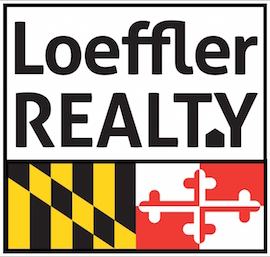Most homebuyers have an idea of the kind of house they’re looking for. Maybe you’d love a three-bedroom ranch, or perhaps you have your heart set on a quaint Victorian. Deciding what kind of house you want to buy is a lot more fun than considering how far your budget will go. And if you’re like a lot of people who are getting ready to purchase a home, it may not be clear to you exactly what you can afford.
Fortunately, figuring out how much mortgage you can get isn’t as mysterious as you might think. Mortgage lenders rely heavily on two numbers when determining how much mortgage to offer you: your down payment amount and your debt-to-income ratio.
Your down payment amount
If you’ve never purchased a home before, the amount of money you have saved up for a down payment is going to tell mortgage lenders a lot about whether you’re a good risk for their investment. Lenders like to see a down payment rate of 20% or higher. The median home value of a home in Columbia is $361,000, which means you’d need to put down $72,200 in cash to reach the 20% threshold.
Mortgage lenders know that in many cases a 20% down payment isn’t realistic. They will often accept a lower down payment, but in exchange they will probably ask you to pay for private mortgage insurance. Private mortgage insurance, or PMI, is a monthly fee you pay the bank until your mortgage balance is less than 78% of your home’s value at the time of purchase (although you can ask them to stop charging you when you get to 80%). PMI can add $100 or more to your mortgage payment every month, so it’s in your best interest to make your down payment as big as you can. Keep in mind that you’ll have to disclose whether any of your down payment was a gift.
Your debt-to-income ratio
Getting a mortgage is a complicated process, but all it really comes down to is whether or not the bank thinks you’ll be able to pay them back within the term of your mortgage. One of the ways they figure this out is by calculating your debt-to-income ratio. The math is not hard. Add up your monthly income after taxes. Then add together your recurring monthly debts (student loans, credit card payments) and expenses (housing, food, transportation). Divide your debt by your income, and you have your debt-to-income ratio. If it’s greater than about 35%, you may present a greater lending risk than your bank wants to take on.
While you’ve got all those numbers handy, an easy way to calculate the size of the monthly mortgage payment you can afford is to subtract your recurring debts and expenses, but not your housing costs, from your monthly income after taxes. Whatever is left is roughly the mortgage payment you could afford to make every month. Keep in mind, though, that if you allocate all of your income to recurring expenses, debts, and your mortgage payment, that doesn’t leave anything else for entertainment or emergencies.
Need more help? Call Loeffler Realty.
If you’ve crunched your numbers but you’re still not certain how much house you can afford, call us at (301) 882-8186. Our office hours are 8:00 am to 6:30 pm Monday to Friday, and 9:00 am to 2:00 pm on Saturday and Sunday, but you can call us anytime…we may be working late!

